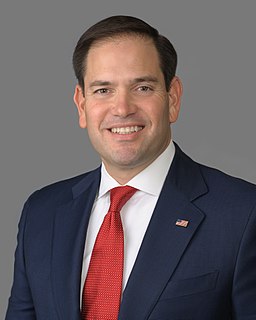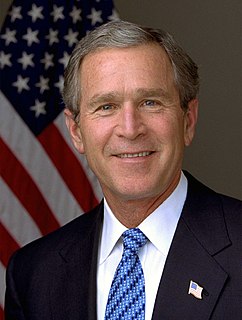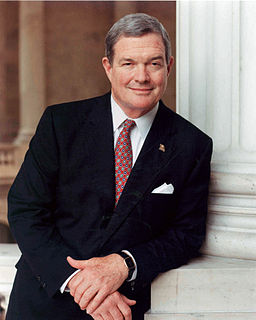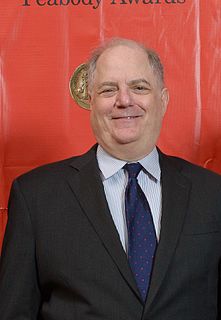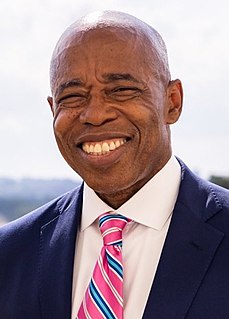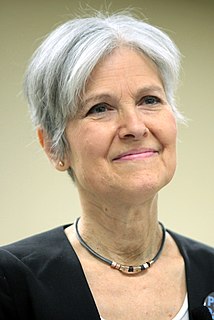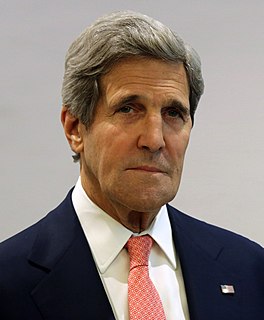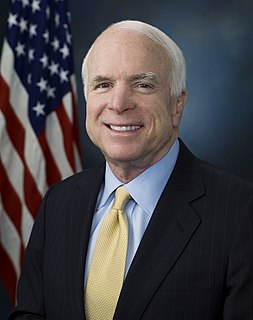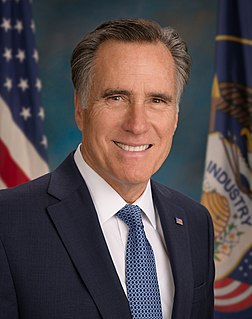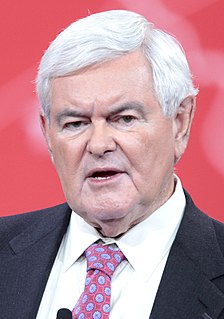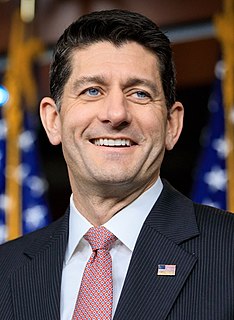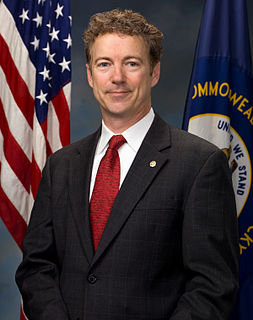A Quote by John Delaney
The big legislative updates that we need to compete in the 21st century and to raise living standards have been blocked by a reluctance to seek common ground.
Related Quotes
Thanks to the leadership of Vice President Gore, we have a government for the Information Age, once again a government that is a progressive instrument of the common good, rooted in our oldest values of opportunity, responsibility and community, devoted to fiscal responsibility, determined to give our people the tools they need to make the most of their own lives in the 21st century, a 21st century government for 21st century America.
We must educate and train our children to compete and succeed in the 21st century. Our kids are not going to grow up to compete with children in Alabama or Mississippi. They're going to grow up to compete with kids in India, and China, all over the world; children who are learning to compete and succeed in the 21st century themselves.
The Common Core State Standards Initiative is an important step forward in ensuring that the United States remains competitive in the global economy. Career technical education (CTE) shares the Initiative s goal that all students must be college and career ready. CTE programs that incorporate the Common Core Standards will ensure students have the academic and technical knowledge and skills to be successful in the 21st century workplace.
The great challenge of the 21st century is to provide good standards of living for 7 billion people without depleting the earth's resources or running up massive levels of public debt. To achieve this, government and business alike will need to find new models of growth that are in both environmental and economic balance.
We need to reduce military budgets; raise living standards; engender respect for learning; support science, scholarship, invention, and industry; promote free inquiry; reduce domestic coercion; involve the workers more in managerial decisions; and promote genuine respect and understanding derived from an acknowledgement of our common humanity and our common jeopardy.
Leadership is the great challenge of the 21st century in science, politics, education, and industry. But the greatest challenge in leadership is parenting. We need to do more than just get our enterprises ready for the challenges of the twenty-first century. We also need to get our children ready for the challenges of the 21st century.


